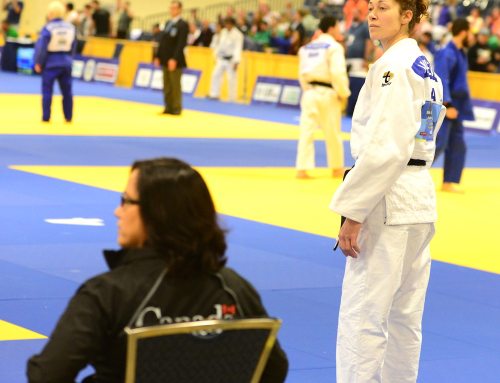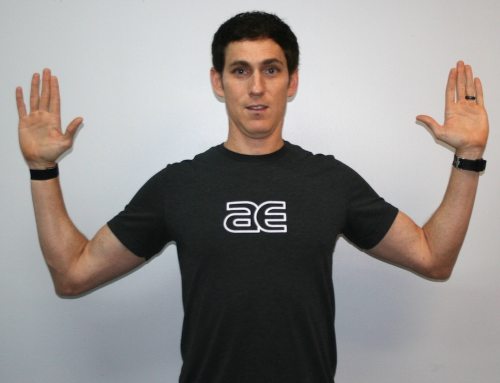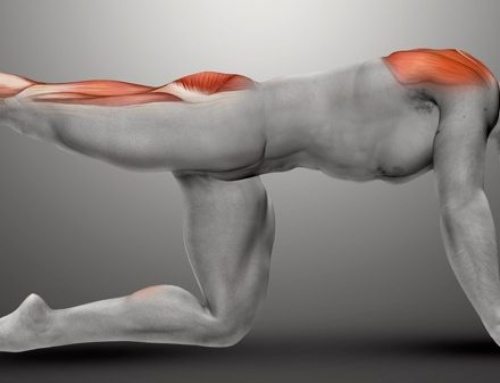Hello,
I found my love for running and triathlons several years ago after basic training in the Army. During my training runs for a recent half-marathon, I experienced a feeling of fatigued legs that I ran through with hopes that it would improve over time; however, I still felt very fatigued the last three miles of the race. I had a hamstring pull in the early part of my training that resolved with decreasing the frequency of runs to 3-4 times a week. Why are my legs still heavy when I am running less?
Sincerely,
Lead Legs Leslie
Hi, Leslie,
Whether to rest or run through fatigue and injury is a common question. The best response is that most of the body’s rebuilding occurs when you rest. Rest can be defined in many ways, and active rest, days off, and sleep are equally important for recovery. Without rest, your body releases increased cortisol levels resulting in decreased tissue repair and growth. This can lead to the fatigue you are describing and injuries. A workout initiates the tissue adaptation process, but the actual adaptation – i.e., improved fitness – occurs during rest.
Let’s review sport-induced tissue damage and healing:
- First, there is tissue trauma: either direct or from repetitive loading. This can be desired, such as from speed intervals, or undesired – poor running form mechanics
- This results in strain/stress to the tissue, which activates the initial healing response – you may experience soreness, fatigue, or pain depending on the level of strain/stress
- From here the healing process can go one of two ways, depending on how the tissue was loaded:
- Optimal load: for example, a good hill repeat workout or a long run will lead to the desired physiological adaptation: i.e., resolution of soreness/pain, faster recovery from hard workouts over time, increased aerobic fitness. This is often called the training effect.
- Abusive load: for example, favoring on side secondary to pain or poor running form leads to degenerative changes or injuries. With continued abusive loading, changes become chronic degenerative changes such as tendinosis injuries.
During the training program, there is a fine line between optimal and abusive loading. Injuries require a healing time with progressive return to activity that is independent of the training program. For example, taking a week off after the hamstring injury to focus on stretching and improving stability on one leg prior to a progressive return to the training program may have helped the hamstring heal without ultimately decreasing frequency, and thus, volume of running.
There are two types of rest: Short-term and long-term. Short-term is what you do immediately following activity – stretching, foam rolling, nutrition, and sleeping. Long-term rest refers to set periods throughout your training plan that allow recovery – easy/recovery runs, cross training, sleep and, days off. Both must be tailored to the goal race and are vital to improving running economy and preventing injury.
The heaviness in the legs is typically a sign of overtraining, but if passive rest – taking more days off and sleeping more – does not improve this, it can also be a sign of insufficient active rest. You may have skipped all of your easy/recovery runs before and after hard workouts because they did not feel as worthwhile as the other runs. However, you could be missing out on the crucial aerobic adaptations that the lower intensity runs provide. They teach the muscles to adapt to training loads and allow the desired “training effect” from optimal loading to occur.
A good training program will include active and passive rest to allow rebuilding in both short-term and long-term stages. Finding the optimal balance of recovery and work is dependent upon the individual. I would recommend keeping a rest log to determine what combination of active and passive works for your body. Look for trends with sleep, days off, and easy workouts.
Wishing you light legs and lots of sleep. See you at the finish line!
# # #
Smruti Shah, PT, DPT is a Physical Therapist at Proaxis Therapy. She is a mom, wife, physical therapist, and marathon runner.





